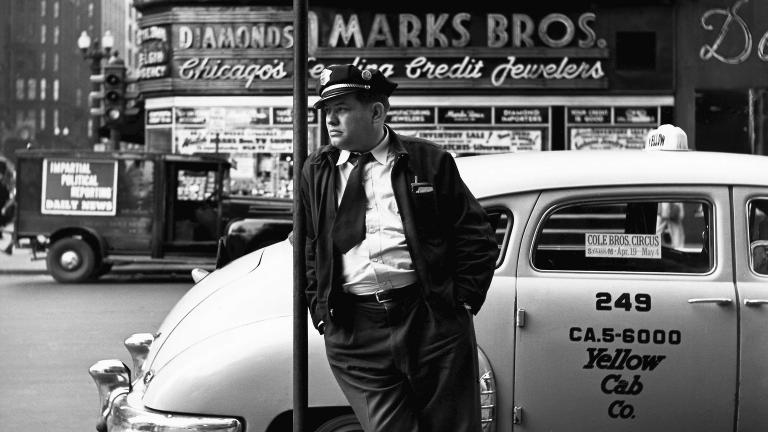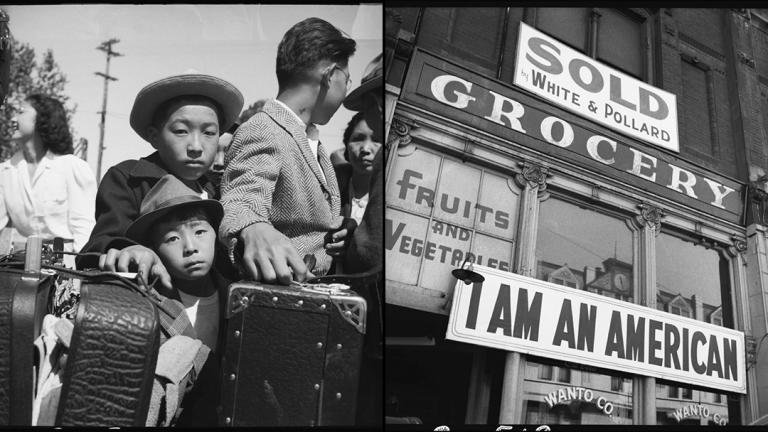From the 1950s through the ‘70s, the photographer and architectural preservationist Richard Nickel fought to save many of Chicago's architectural treasures from the wrecking ball; especially the work of Louis Sullivan.
When that failed, he saved pieces of them for posterity. And tragically, he died while trying to save one of those very buildings.
His story has inspired books, plays, even a WTTW documentary. A new book takes us even deeper into the mind of this legendary Chicago rebel.
It's called, "Richard Nickel Dangerous Years: What He Saw and What He Wrote."
-
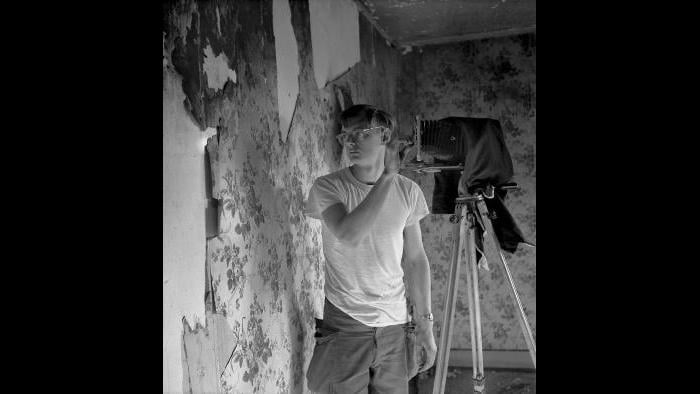
Richard Nickel learned photography at Chicago's Institute of Design. (Courtesy the Richard Nickel Archive/ Ryerson and Burnham Archives/ The Art Institute of Chicago)
-
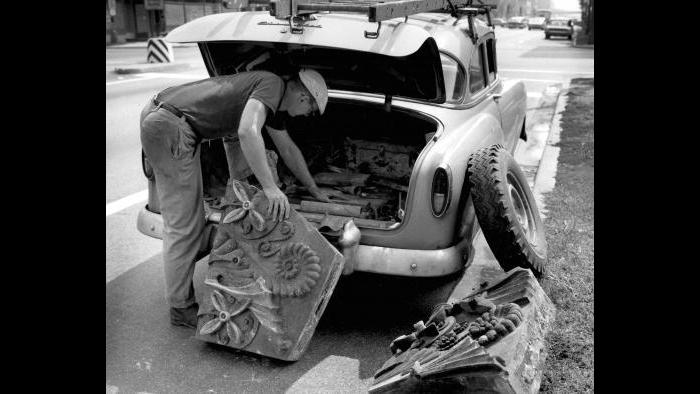
Richard Nickel picks up terra-cotta from the Hammond Library (44 N. Ashland Ave.) on Chicago's West Side in 1963. (Courtesy the Richard Nickel Archive/ Ryerson and Burnham Archives/ The Art Institute of Chicago)
-
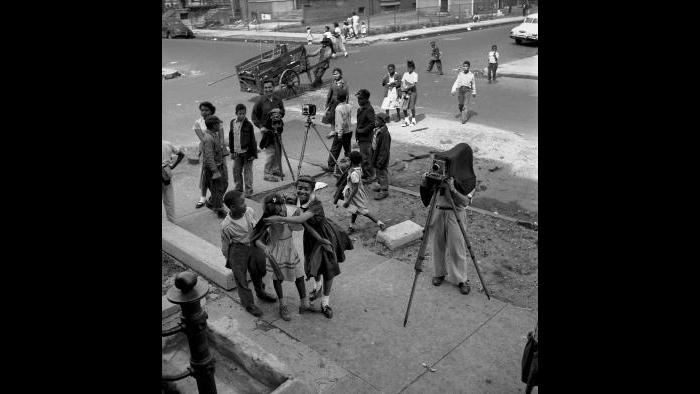
Aaron Siskind, Nickel's professor at the Institute of Design, photographing Adler & Sullivan's 1882 Max Rothschild Flats (3200 S. Prairie Ave.) on Chicago's South Side. (Courtesy the Richard Nickel Archive/ Ryerson and Burnham Archives/ The Art Institute of Chicago)
-
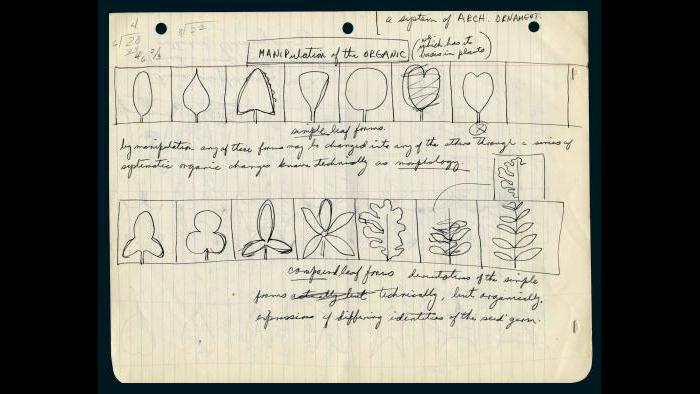
Richard Nickel's drawing of Louis Sullivan's system of organic ornamentation, explaining the architect's thought process. (Courtesy the Richard Nickel Archive/ Ryerson and Burnham Archives/ The Art Institute of Chicago)
-
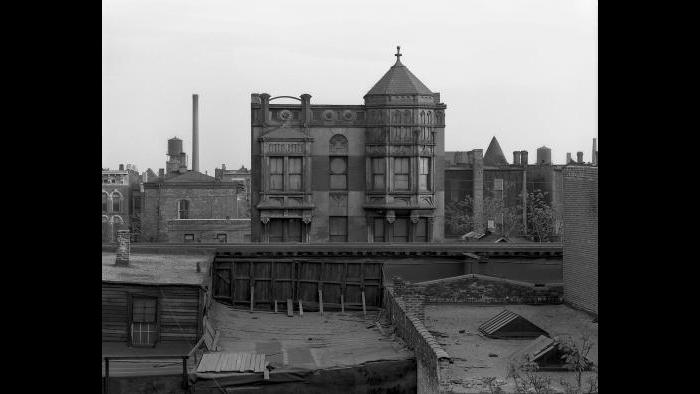
The first "lost" Adler & Sullivan-designed building found by Nickel. (Courtesy the Richard Nickel Archive/ Ryerson and Burnham Archives/ The Art Institute of Chicago)
-
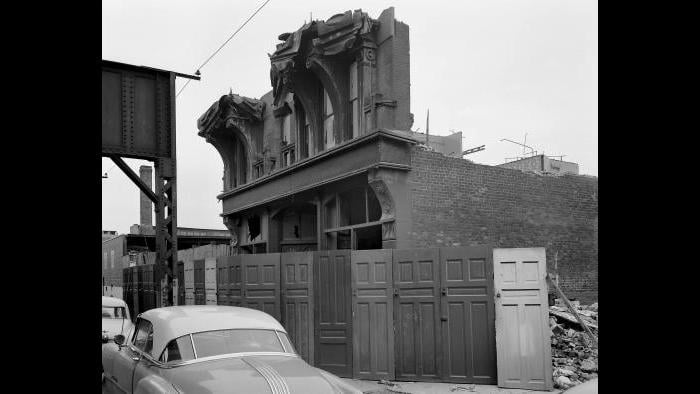
Nickel sought help in finding out when the Knisely Store and Flats would be razed–but demolition was already underway by the time he arrived. (Courtesy the Richard Nickel Archive/ Ryerson and Burnham Archives/ The Art Institute of Chicago)
-
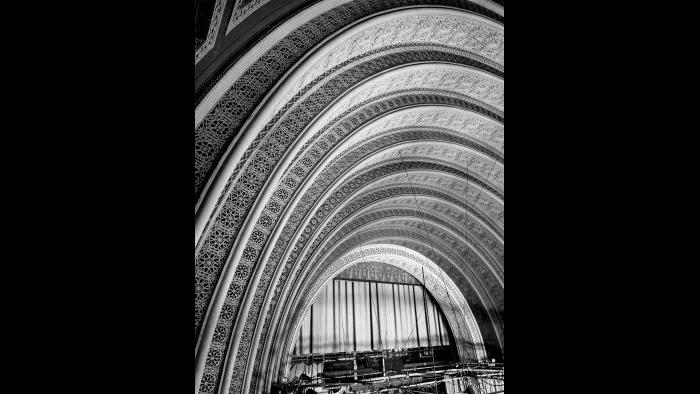
In the 1950s, the Garrick served as a television studio for CBS. (Courtesy the Richard Nickel Archive/ Ryerson and Burnham Archives/ The Art Institute of Chicago)
-
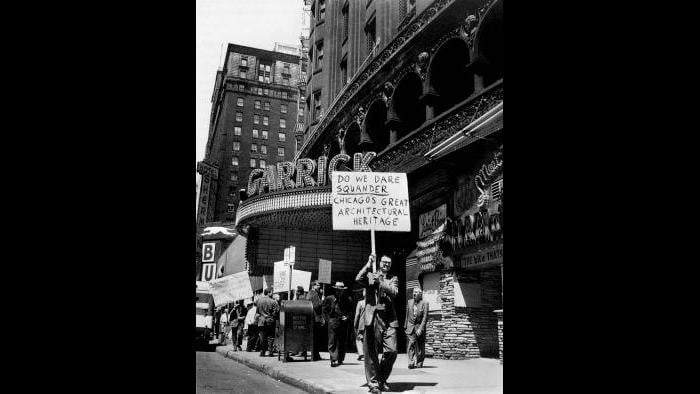
Nickel and friends marched several times in front of the Garrick, prompting Mayor Daley to call a meeting to discuss the fate of the building. (Courtesy the Richard Nickel Archive/ Ryerson and Burnham Archives/ The Art Institute of Chicago)
-
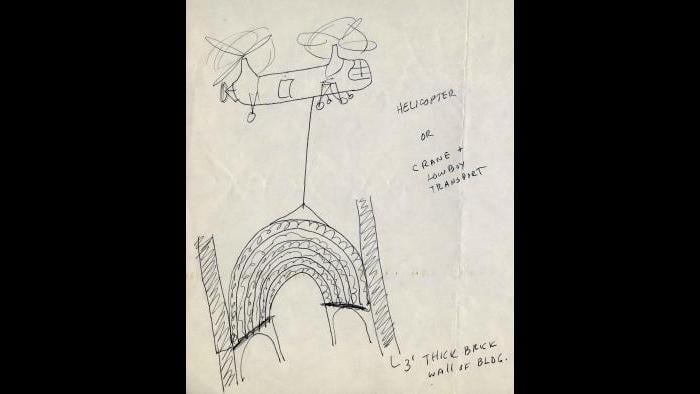
Nickel devised a bizarre plan to remove the proscenium arch of the Garrick by helicopter or trailer. (Courtesy the Richard Nickel Archive/ Ryerson and Burnham Archives/ The Art Institute of Chicago)
-
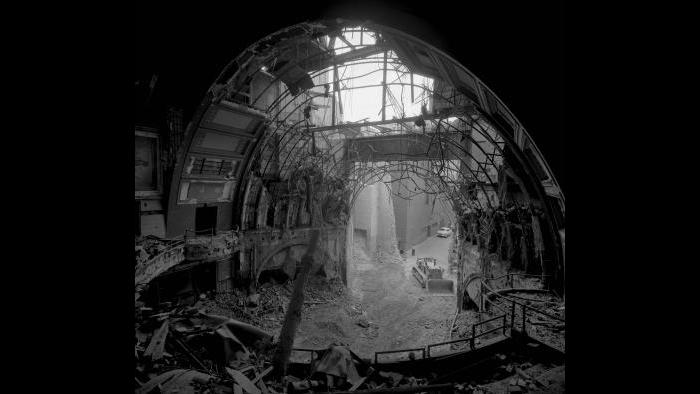
Nickel took his best-known photo, of a bulldozer waiting backstage in the ravaged theater, in mid-1961. (Courtesy the Richard Nickel Archive/ Ryerson and Burnham Archives/ The Art Institute of Chicago)
-
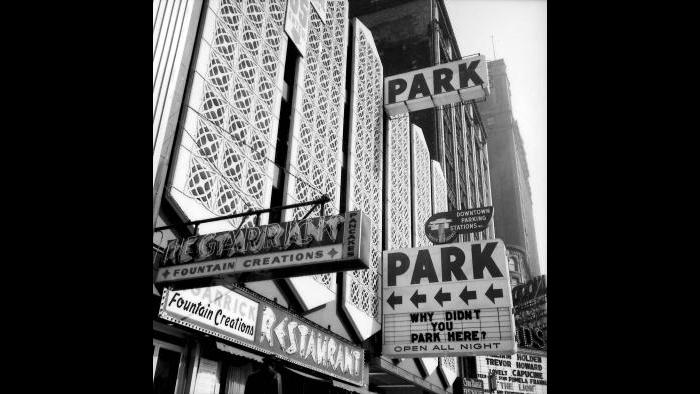
A small section of the Garrick's terra-cotta ornament was recast in concrete 233 times to create the facade of the parking garage on the site of the old theater. (Courtesy the Richard Nickel Archive/ Ryerson and Burnham Archives/ The Art Institute of Chicago)
-
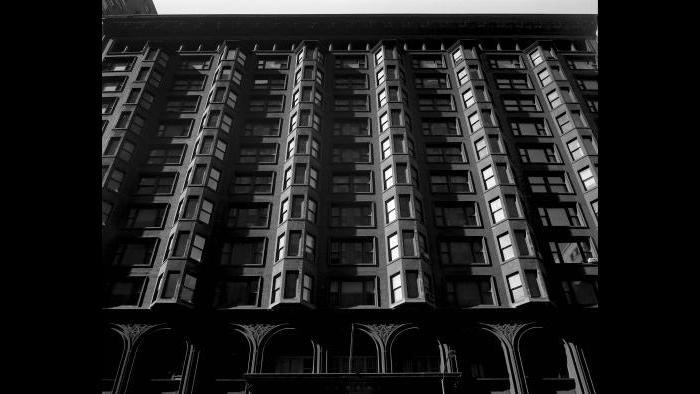
The wide facade of the Chicago Stock Exchange building at 30 N. LaSalle St. (Courtesy the Richard Nickel Archive/ Ryerson and Burnham Archives/ The Art Institute of Chicago)
-
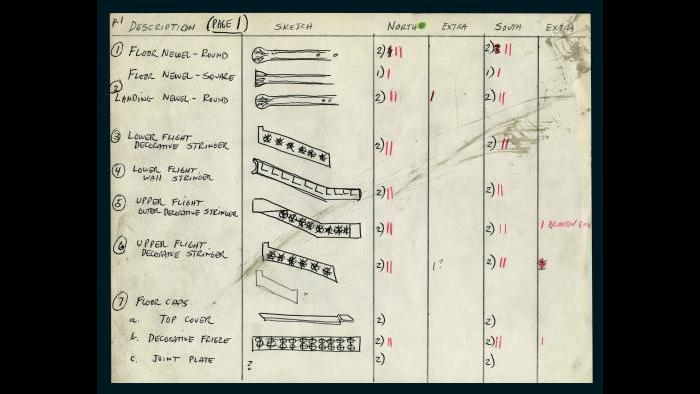
Nickel worked for three months in the Trading Room and oversaw the dismantling of two flights of stairs, which were sent to the Metropolitan Museum of Art in New York. (Courtesy the Richard Nickel Archive/ Ryerson and Burnham Archives/ The Art Institute of Chicago)
-
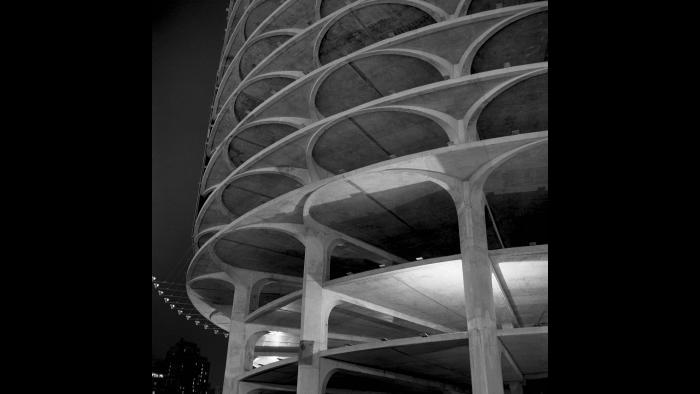
Marina City, designed by the Chicago architect Bertrand Goldberg. (Courtesy the Richard Nickel Archive/ Ryerson and Burnham Archives/ The Art Institute of Chicago)
-
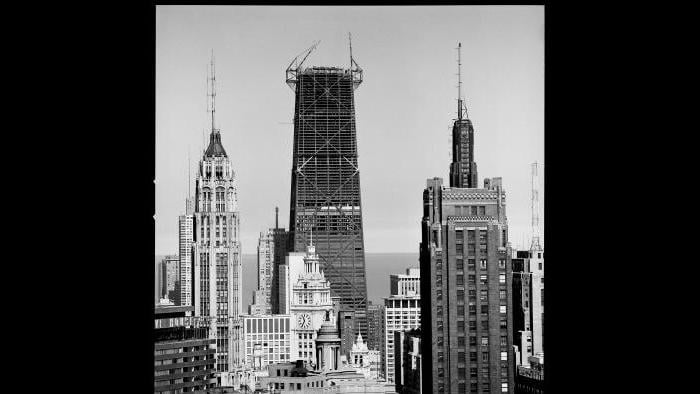
Nickel photographed the John Hancock Center. (Courtesy the Richard Nickel Archive/ Ryerson and Burnham Archives/ The Art Institute of Chicago)
-
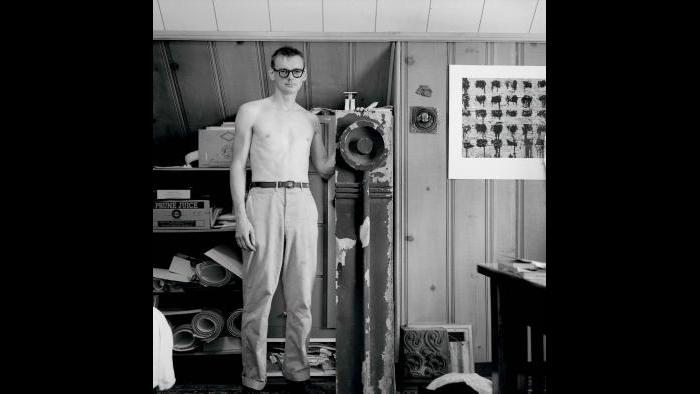
Nickel, pictured in his Park Ridge bedroom, was determined to find a place to preserve his salvaged material. (Courtesy the Richard Nickel Archive/ Ryerson and Burnham Archives/ The Art Institute of Chicago)
-
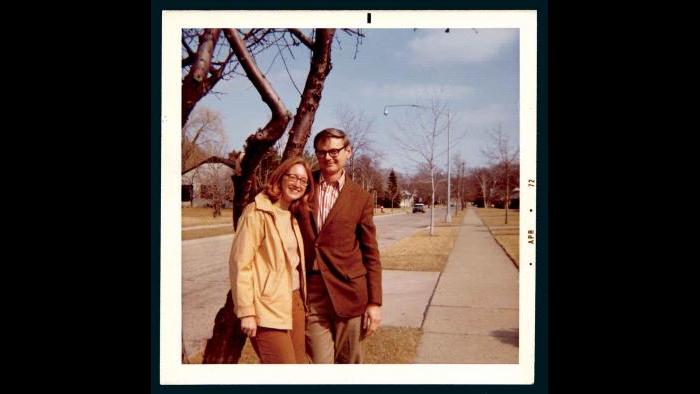
Nickel flew to Grosse Point Farms, Michigan, to meet his fiancee's family. (Courtesy the Richard Nickel Archive/ Ryerson and Burnham Archives/ The Art Institute of Chicago)
Joining us are the authors, Richard Cahan and Michael Williams. They've collaborated on many books about Chicago history and culture, and have produced between them two other books about Richard Nickel: "Richard Nickel's Chicago: Photographs of a Lost City" and "They All Fall Down: Richard Nickel's Struggle to Save America's Architecture."
'Chicago Stories' documentary
Just a few decades ago, Chicago was tearing down its architectural landmarks with a vengeance. Among these were the work of legendary architect Louis Sullivan, and no one, it seemed, felt it was important to document and preserve them. No one, that is, except photographer Richard Nickel. This idealistic crusader's passion to save Chicago's architectural treasures consumed his life and ultimately caused his untimely death.
Watch the full 27-minute "Chicago Stories" documentary below.


















